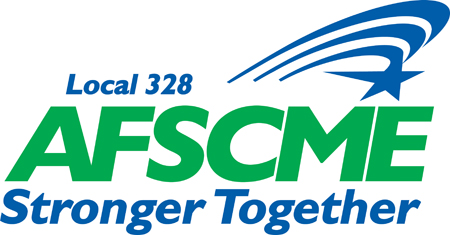RT and CNA Staffing Crisis
Not a single worker at OHSU has escaped the impacts of the pandemic. For some it has meant daily potential exposure to the virus, for others the crippling isolation of working alone from a basement or converted storage room. Others work in units affected by the trauma of caring for those impacted by COVID-19, or are working long and thankless hours due to staffing shortages. OHSU’s executive management and HR leadership have not done enough to recognize these burdens. At every turn, they have fought attempts to recognize and reward those workers who are carrying the heaviest burden of the pandemic. When the governor told hospitals to give workers $1,000 bonuses, our union had to intercede to ensure that those payments were made.
For the last three months, two groups have been fighting to receive recognition, support and compensation for the hardship the pandemic has caused their professions: respiratory therapists and certified nursing assistants. Instead of honoring these RTs and CNAs and all they have done to save lives in our community for the last 20 months, OHSU has left them insulted and in crisis.
In May, the RTs reached out to their management team to push them on incentives and let them know that our union would fast-track fair proposals to help the department — this resulted in a minor increase in additional-need incentive (ANI) pay. However, long-term structural issues remained, in both the staffing and retention of RTs. Finally, in September, HR came with proposals for retention and shift-coverage bonuses; however, in true corporate fashion, both the incentives and the bonuses represented as little as OHSU could do. The retention bonus would have paid RTs $3,000 if they stayed at OHSU until Sept. 2022; while that may seem generous, it's worth noting that new RTs are being offered hiring bonuses of $8,000 to $10,000, and RT travelers can make similar amounts for a week of work.
Eventually, our union reached agreement on a $4,000 retention bonus through June 2022, but after months of negotiations, management pulled out and continues to stall progress in that area. Not only has this been a slap in the face to the department, but it has left work shifts critically understaffed when RTs are already reaching their breaking point. Our AFSCME-represented RTs and department management know that more needs to be done — the department is nearing critical need, and a winter surge of COVID-19 and seasonal flu may be ahead of us. However, those at the top continue to drag their feet and count OHSU’s pennies during a crisis.
Our CNAs have seen a similar pattern of disregard and disrespect for their profession. While OHSU provided staffing incentives to nurses (which were, of course, well deserved), it did nothing for CNAs. Like our RTs, CNAs have served as a tip of the spear, fighting COVID-19 as some of the most patient-facing workers at OHSU. Staffing CNA shifts has become so dire that OHSU offered doctors $1,500 per shift to cover CNA shifts. However, it will not offer the CNAs themselves adequate compensation to fill shifts. OHSU’s logic is befuddling but follows a familiar pattern.
Our union’s leadership continues to relay our concerns and the sense of urgency to HR, who have assured us they are relaying this information to those above them who make the decisions. Either the HR messengers aren’t effective, or OHSU executives continue to live in the clouds, not fully understanding the depth of fatigue, stress and trauma the pandemic has caused workers — particularly RTs and CNAs.
At some point, the staffing crisis created and perpetuated by OHSU’s executives won’t be assuaged by workers continuing to go above and beyond, because those workers will have reached their limits.
